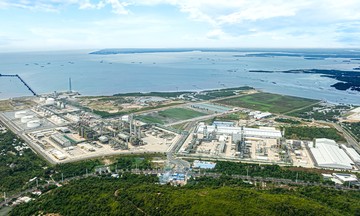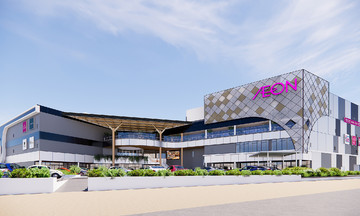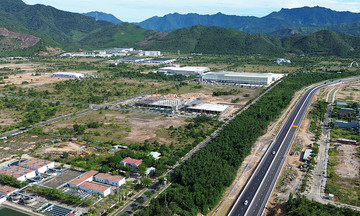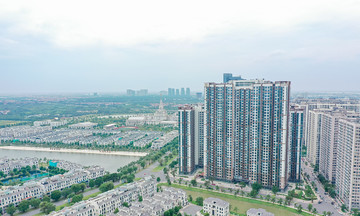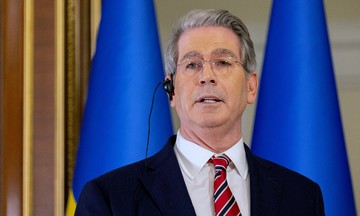Vietnam Railways (VNR) recently released its financial report for the first half of the year, showing second-quarter revenue of 2,882 billion VND, a 7.5% decrease compared to the same period last year. After deducting the cost of goods sold, VNR's gross profit was nearly 405 billion VND, a decrease of nearly 1%.
However, the company's expenses decreased across the board compared to the second quarter of 2024. Management expenses saw the most significant drop, declining by 17.6% to nearly 205 billion VND. As a result, after-tax profit in the second quarter increased by 109% year-on-year, reaching 109.3 billion VND.
For the first half of the year, VNR's net revenue reached 4,454 billion VND, a 3% decrease compared to the same period last year. This revenue decline did not stem from its core business.
According to the financial report, 63% of VNR's revenue comes from freight and passenger transport services. Sales from this sector increased by 8% to 2,823 billion VND. However, revenue from railway infrastructure and signal system maintenance decreased by 18% to 1,483 billion VND.
Thanks to reduced operating expenses, VNR recorded a consolidated after-tax profit of 175 billion VND, a 7% increase. The company has thus exceeded its annual profit target.
As of 30/6, the company's total assets reached 21,674 billion VND, an increase of 993 billion VND, or 5%, compared to the beginning of the year. Cash and bank deposits increased by nearly 42% to 1,985 billion VND. This allowed VNR to earn over 12 billion VND in interest income during the first half of the year.
Vietnam Railways comprises 25 subsidiaries, 17 affiliated units, and eight joint ventures. The state-owned enterprise manages 3,143 km of railway infrastructure across 15 lines, spanning 34 provinces and cities from north to south.
As part of the North-South high-speed railway project, the National Assembly has tasked VNR with managing and maintaining the infrastructure, as well as overseeing operations. VNR will also mobilize other businesses to invest in rolling stock and develop a unified, modern, and efficient infrastructure management and maintenance model.
Trong Hieu






